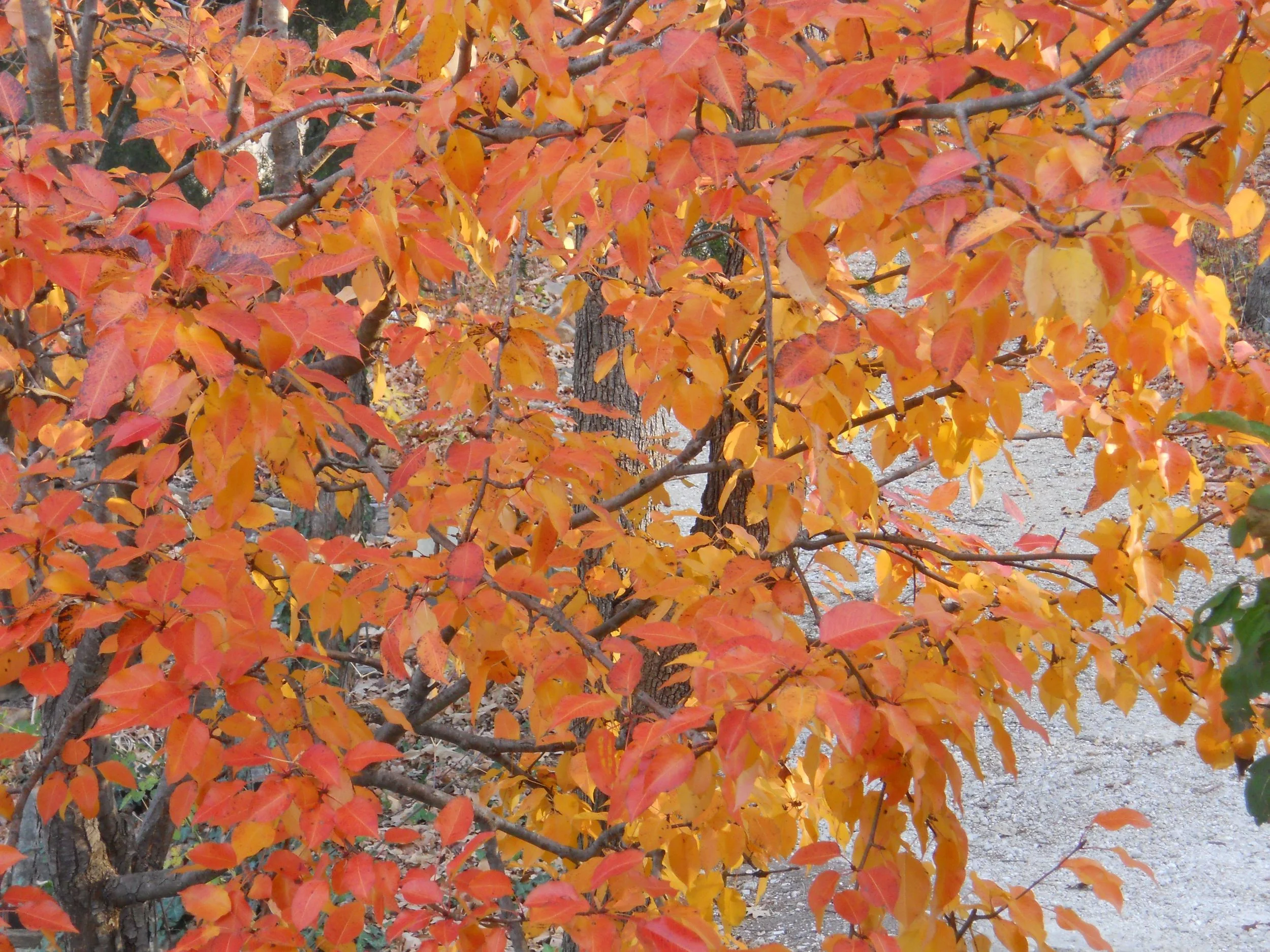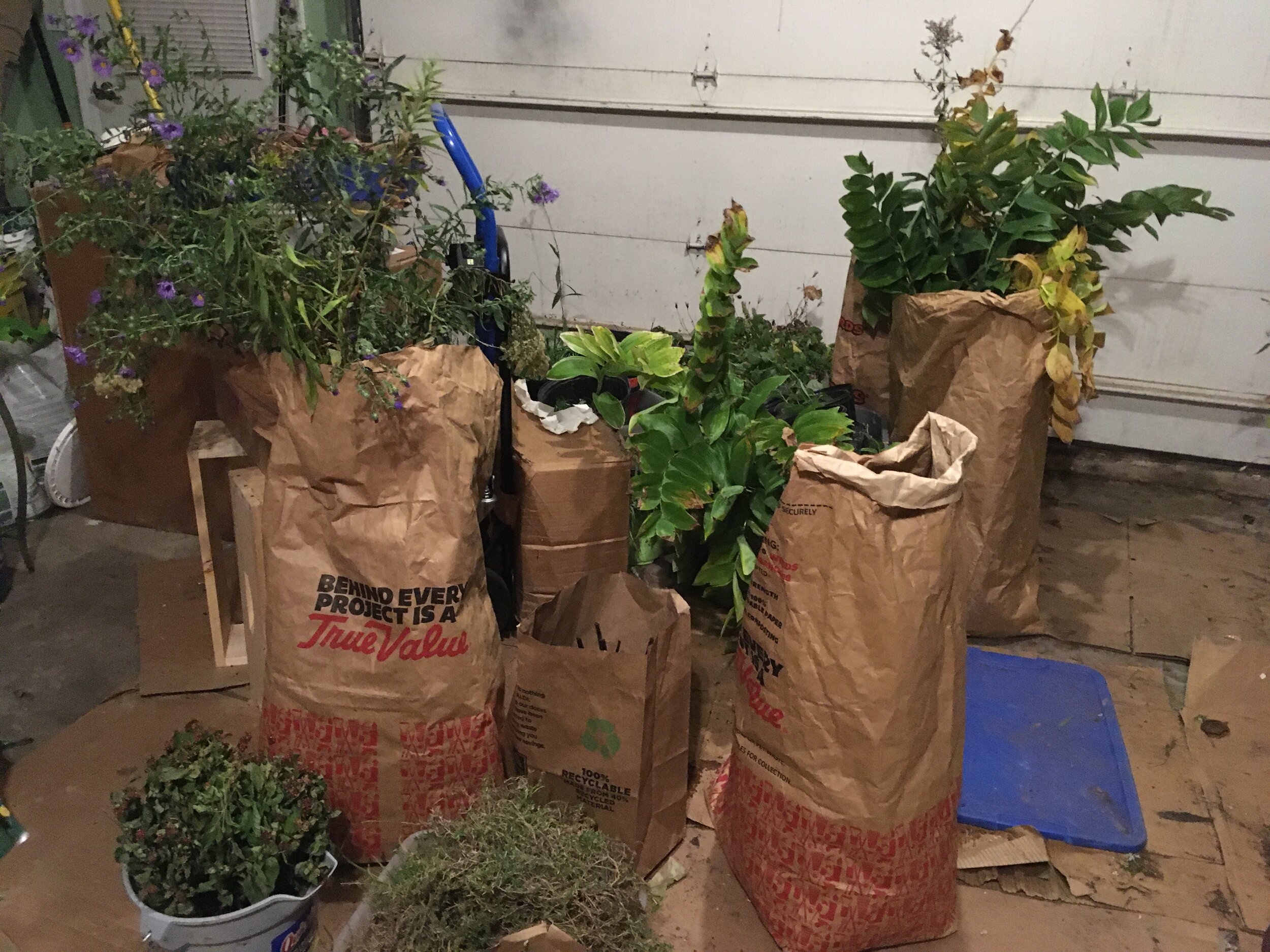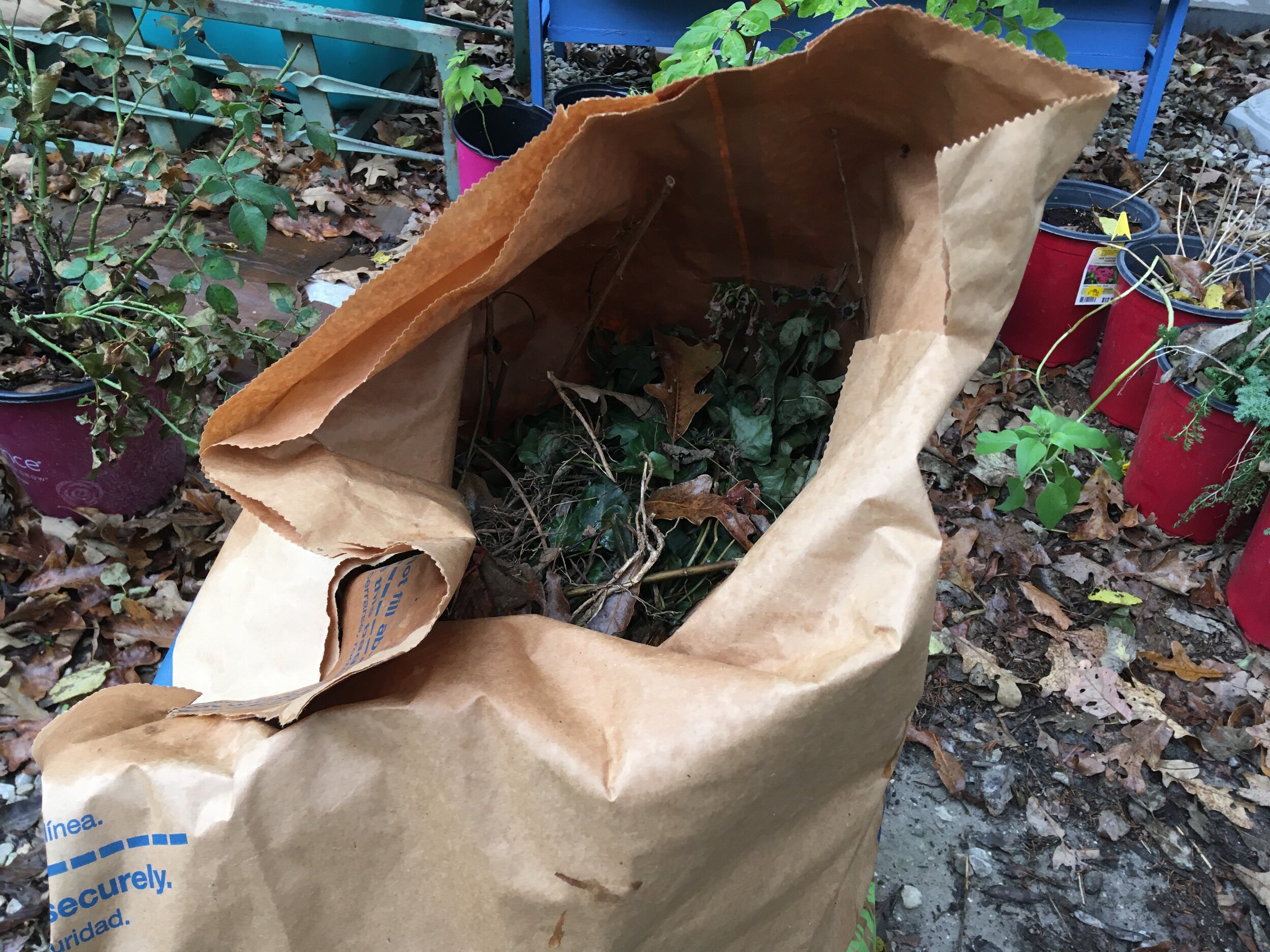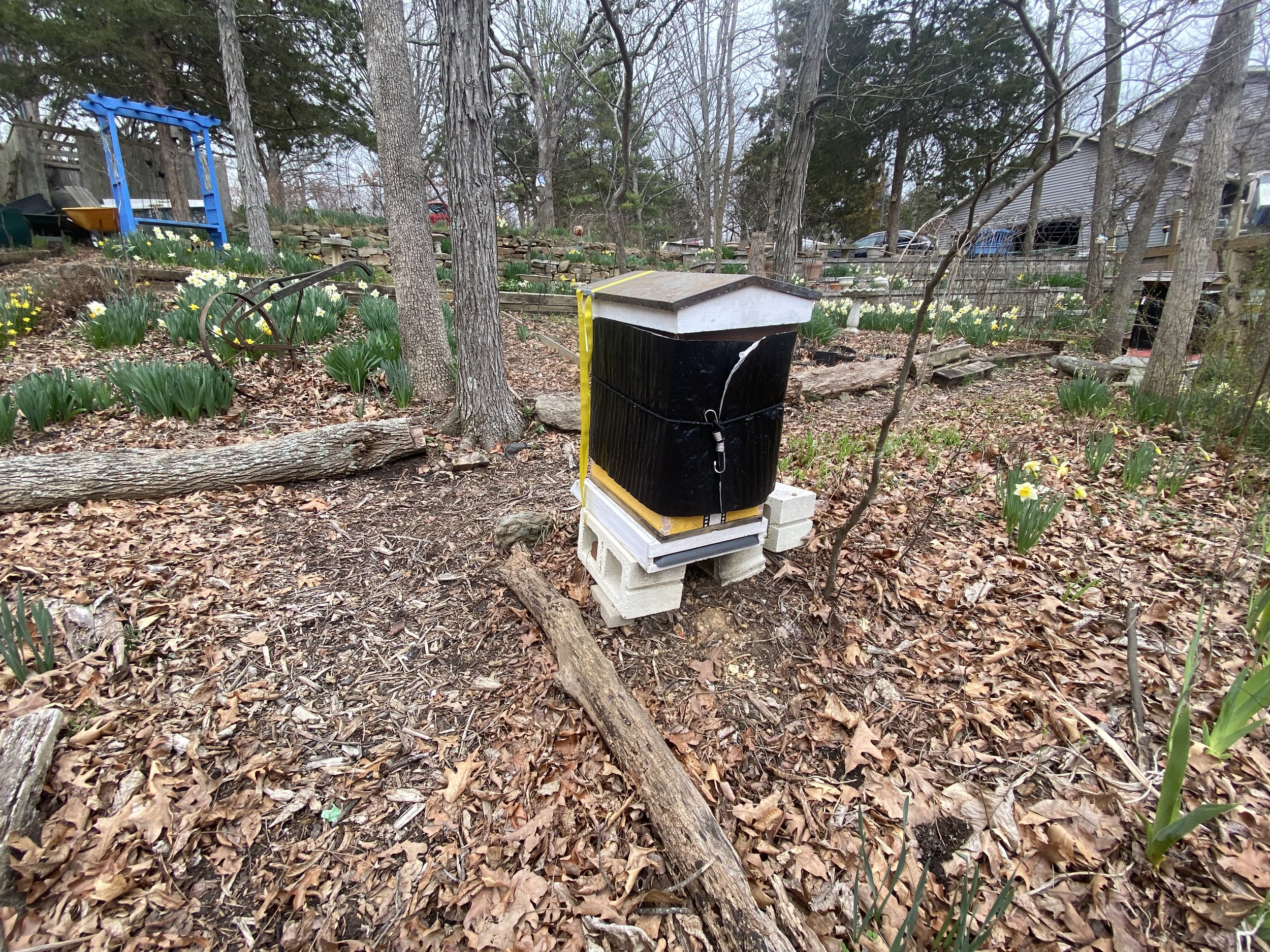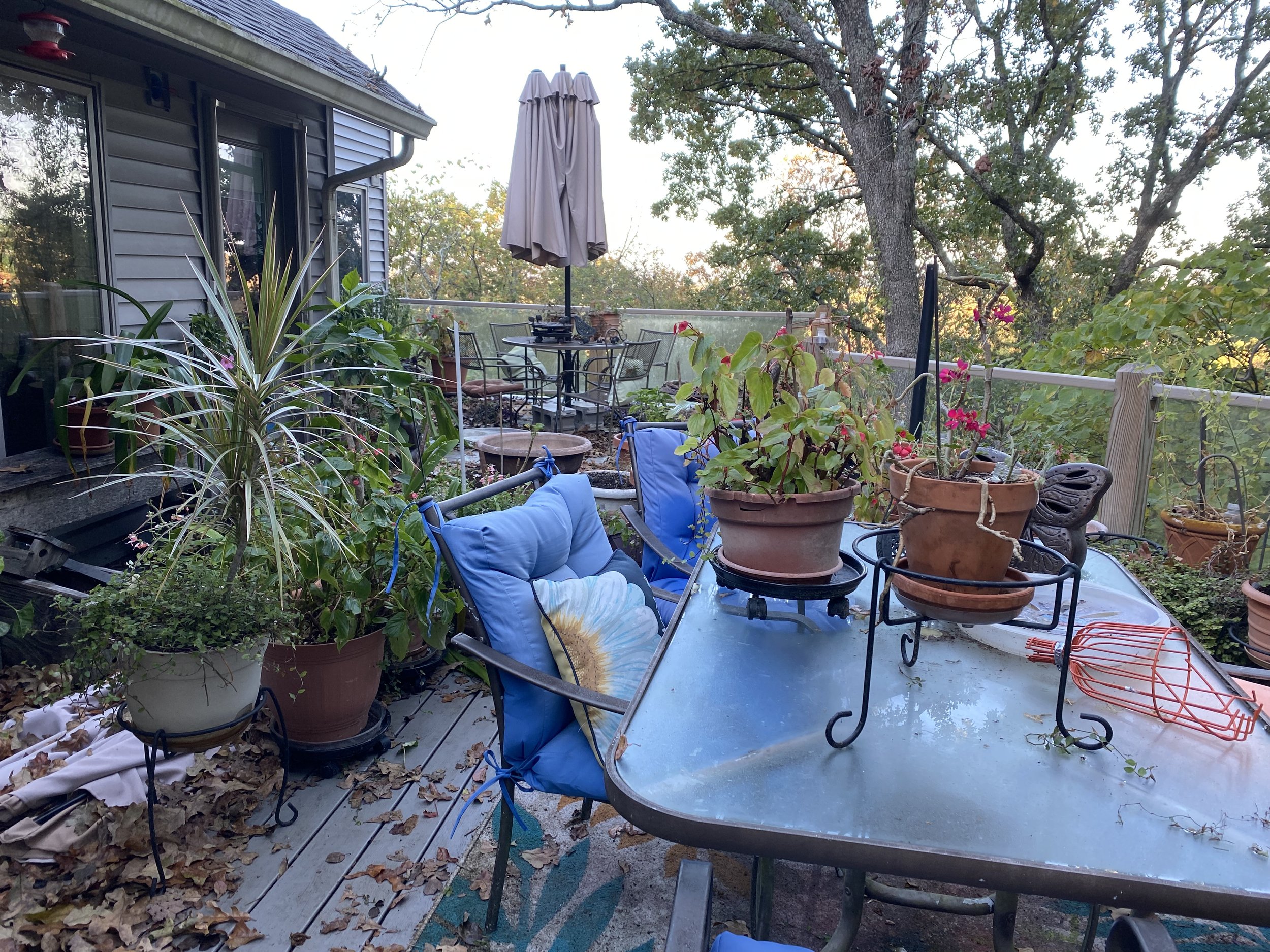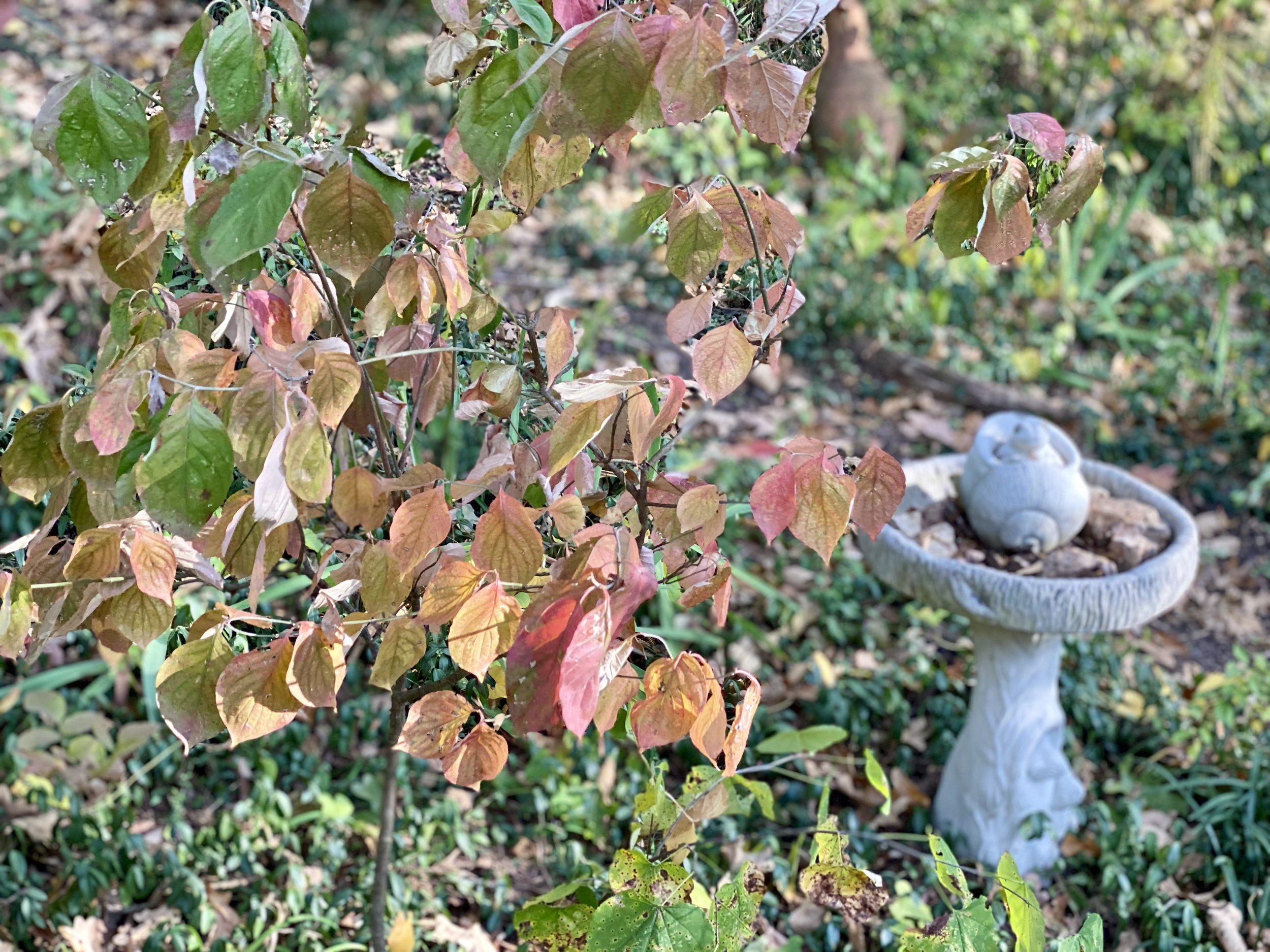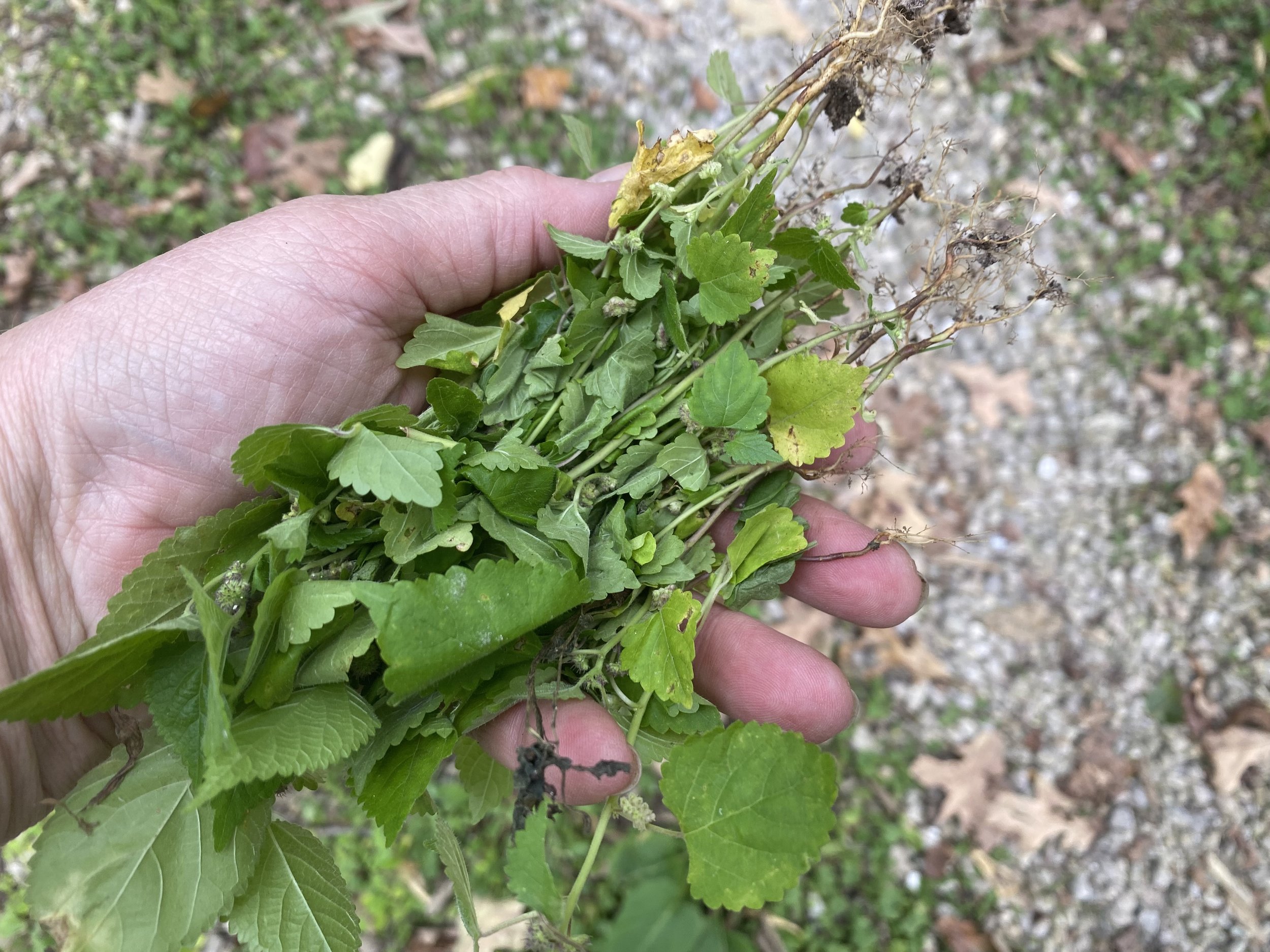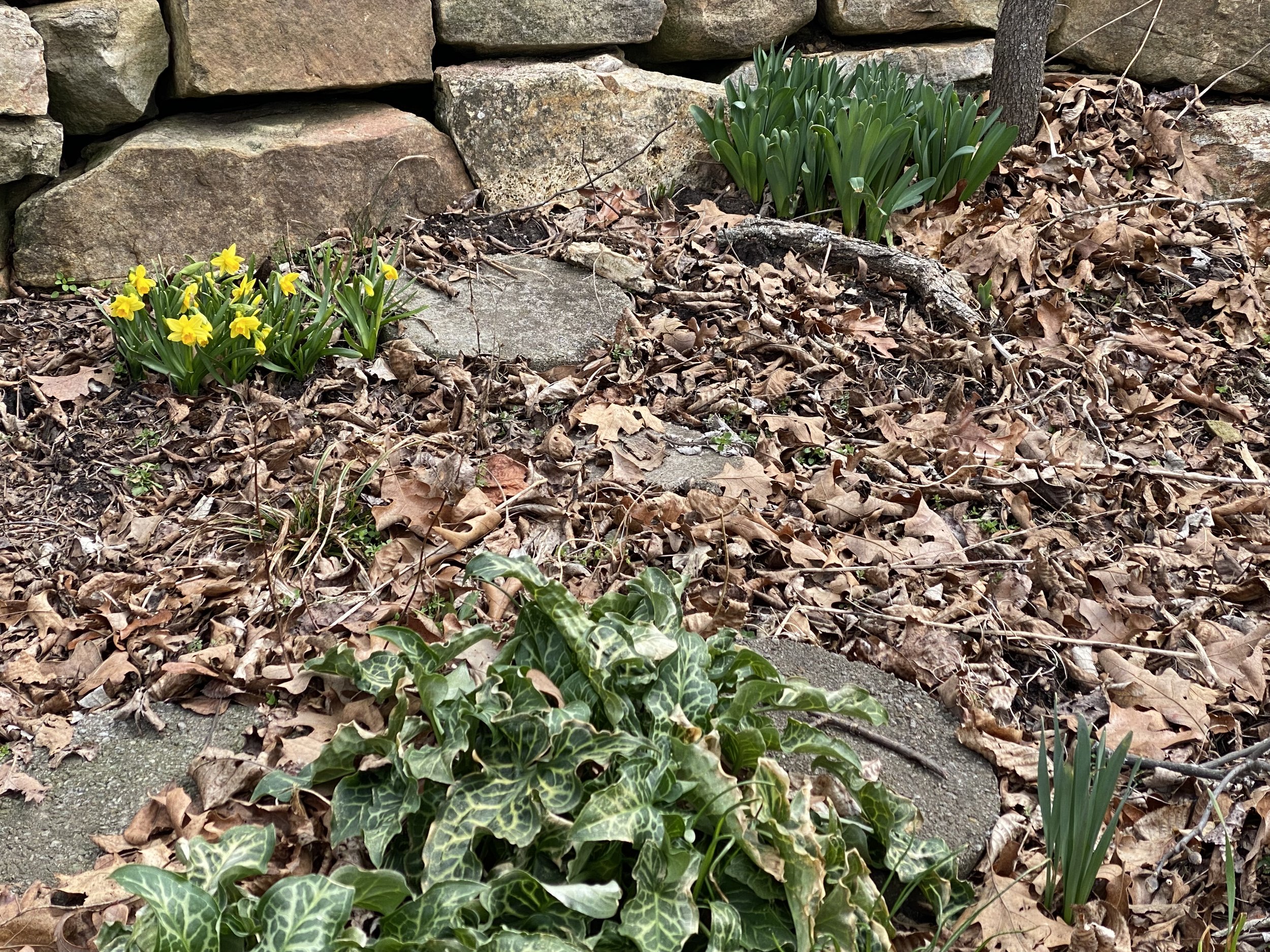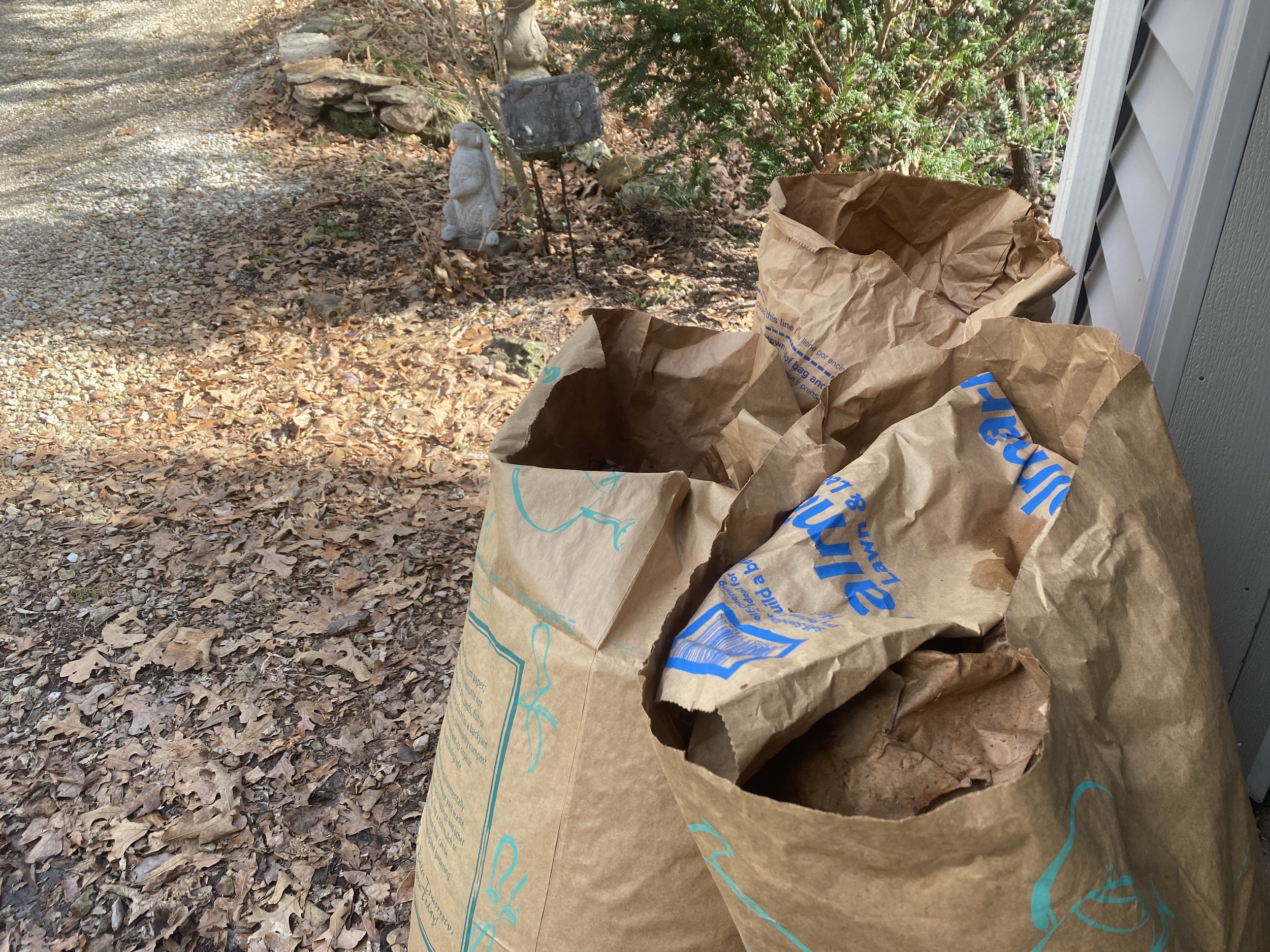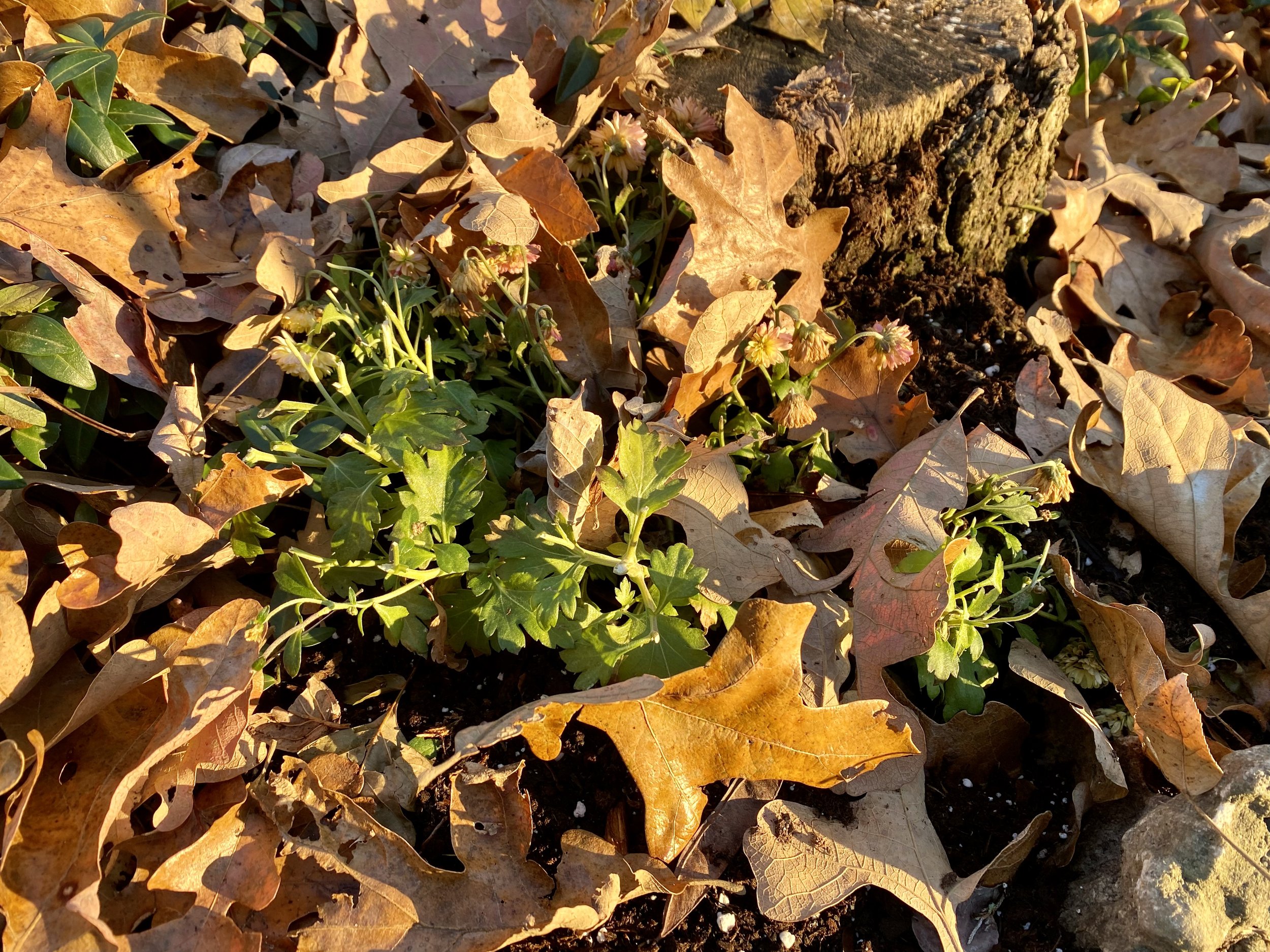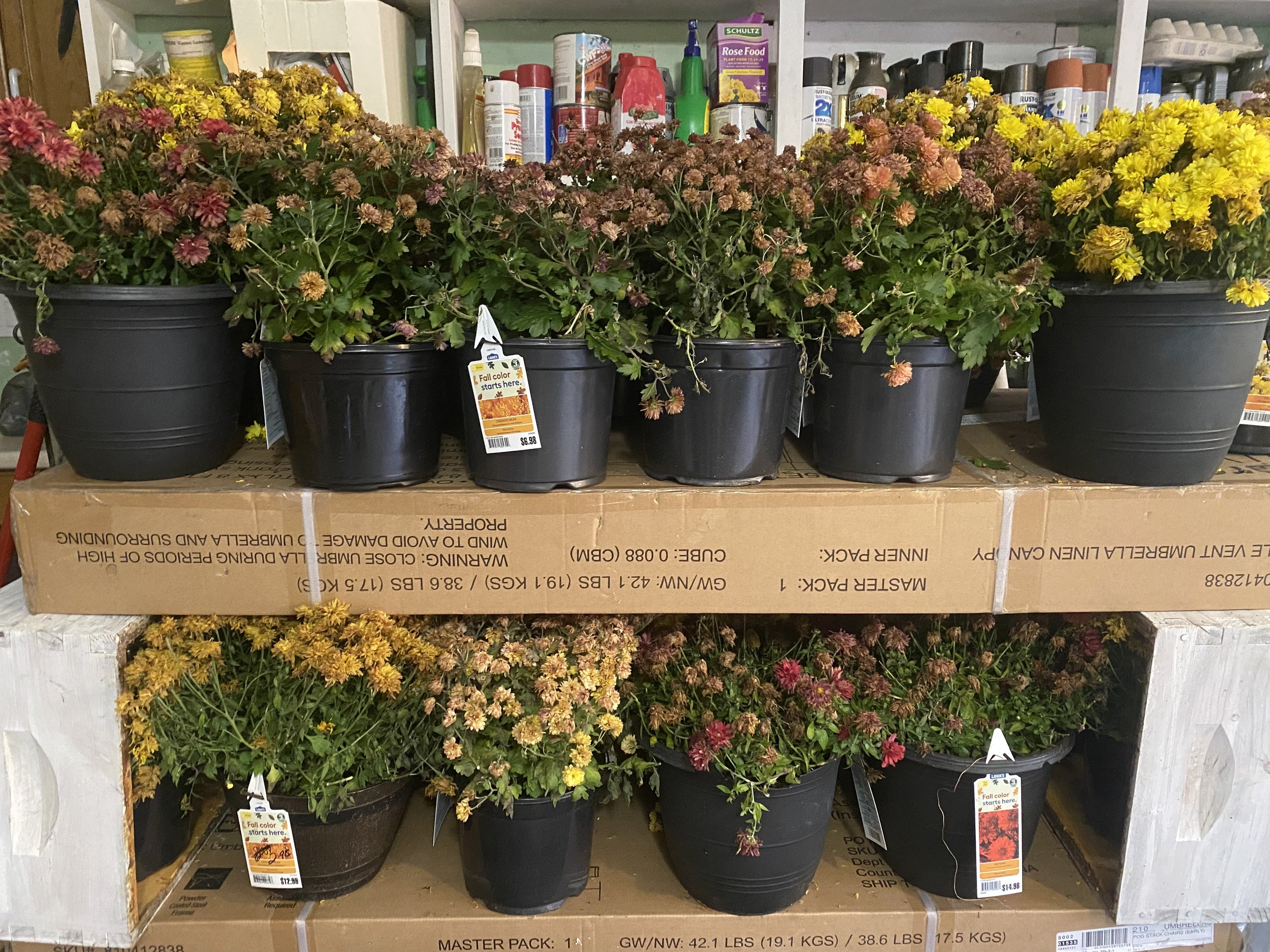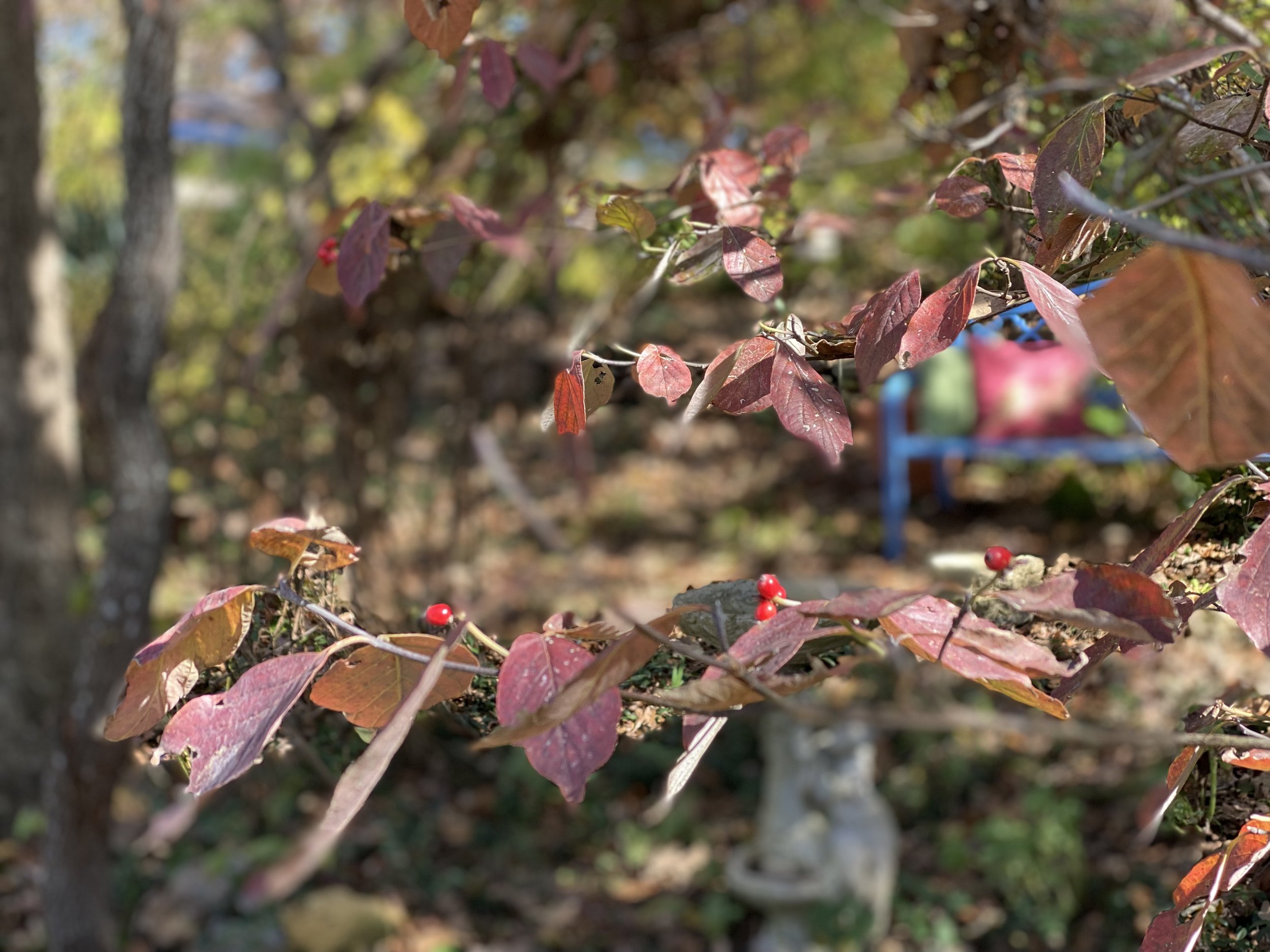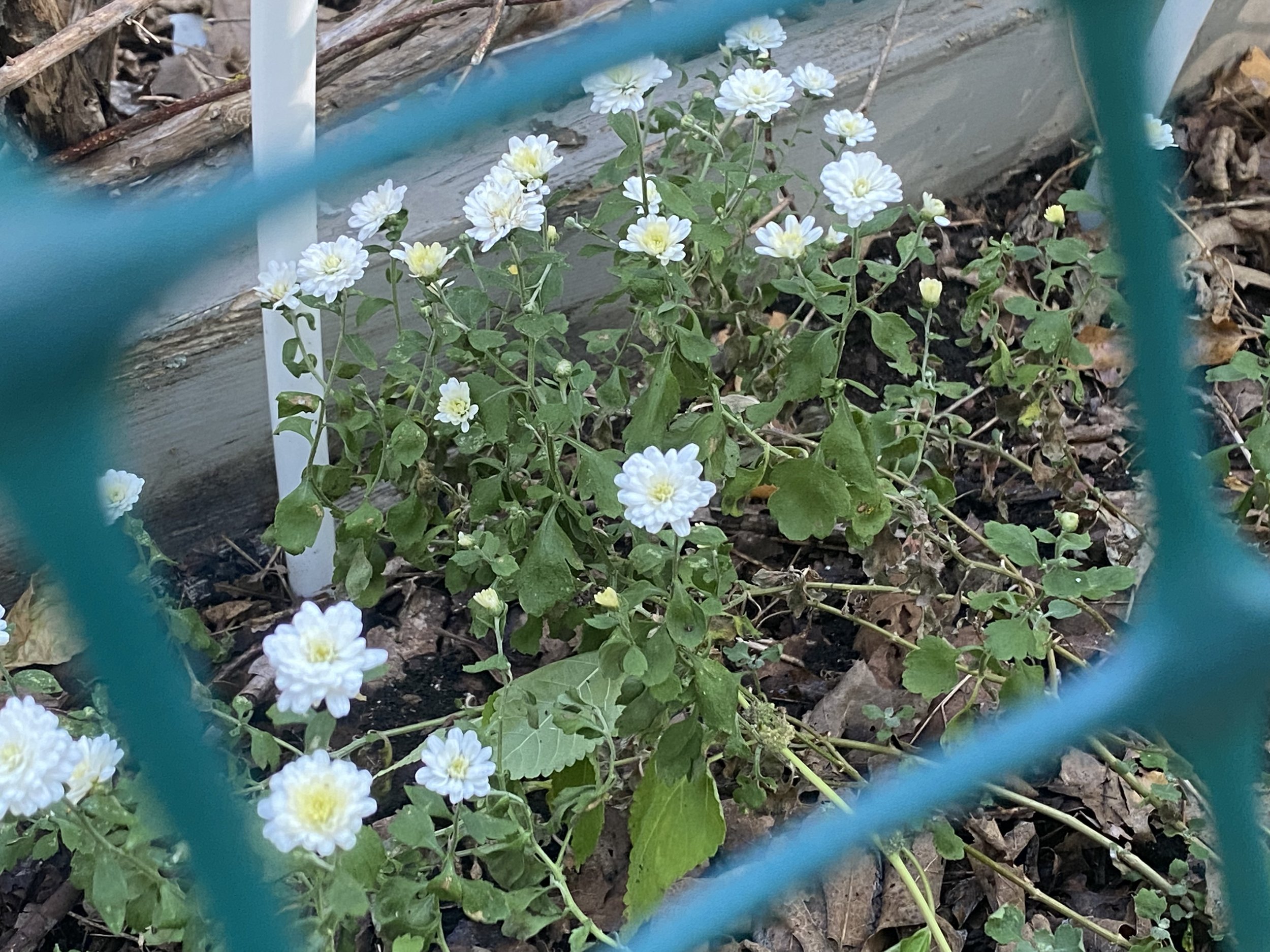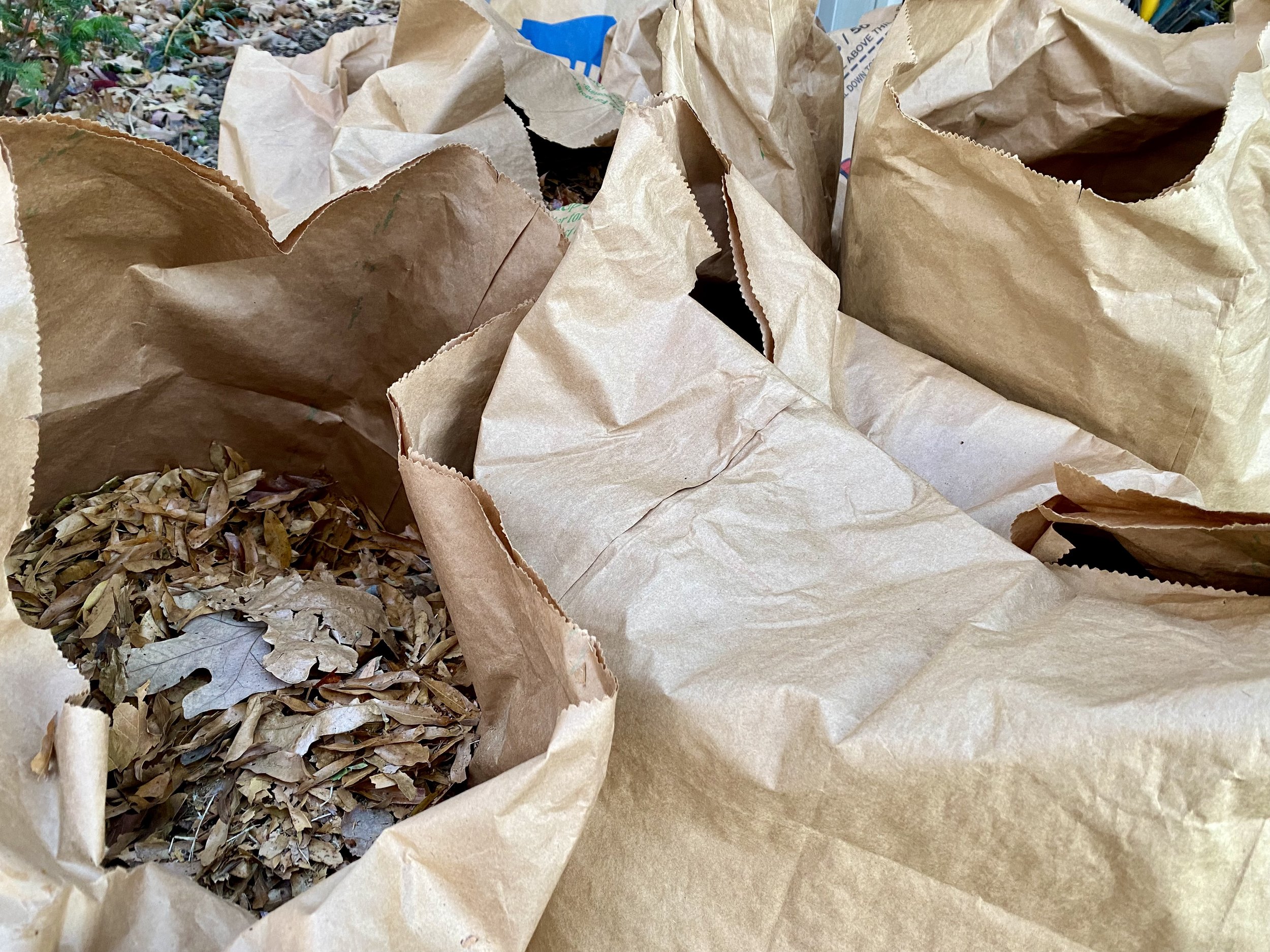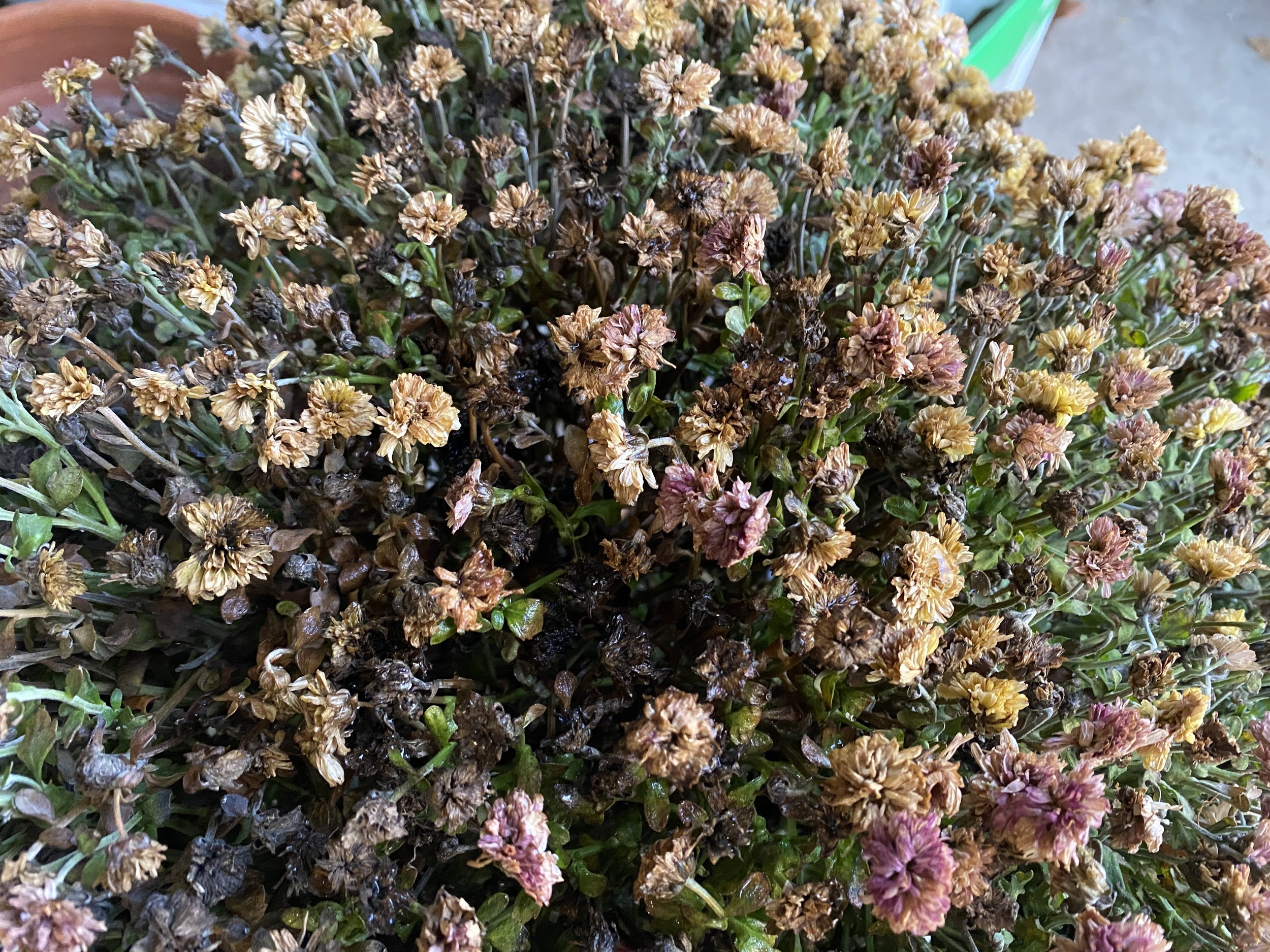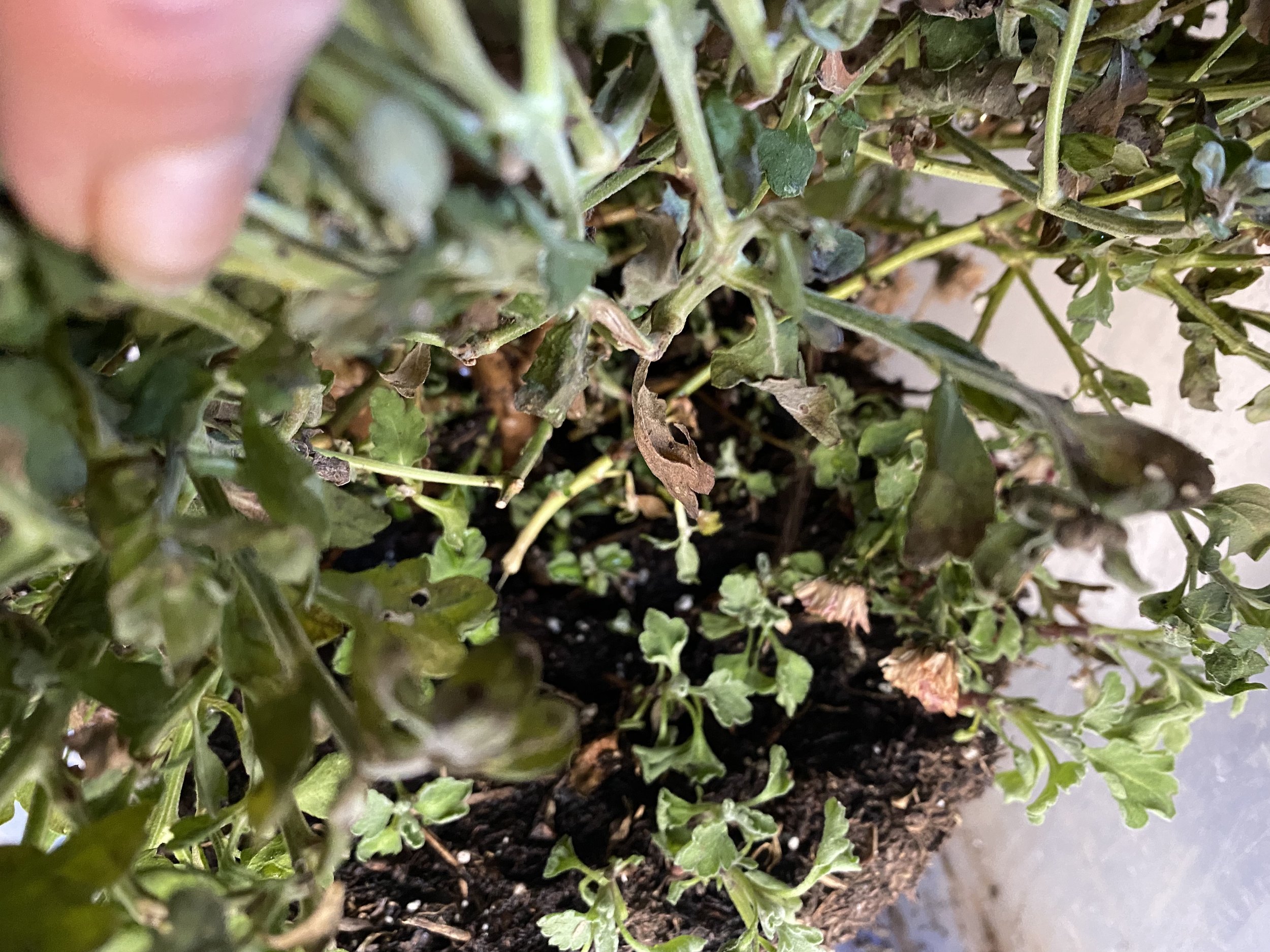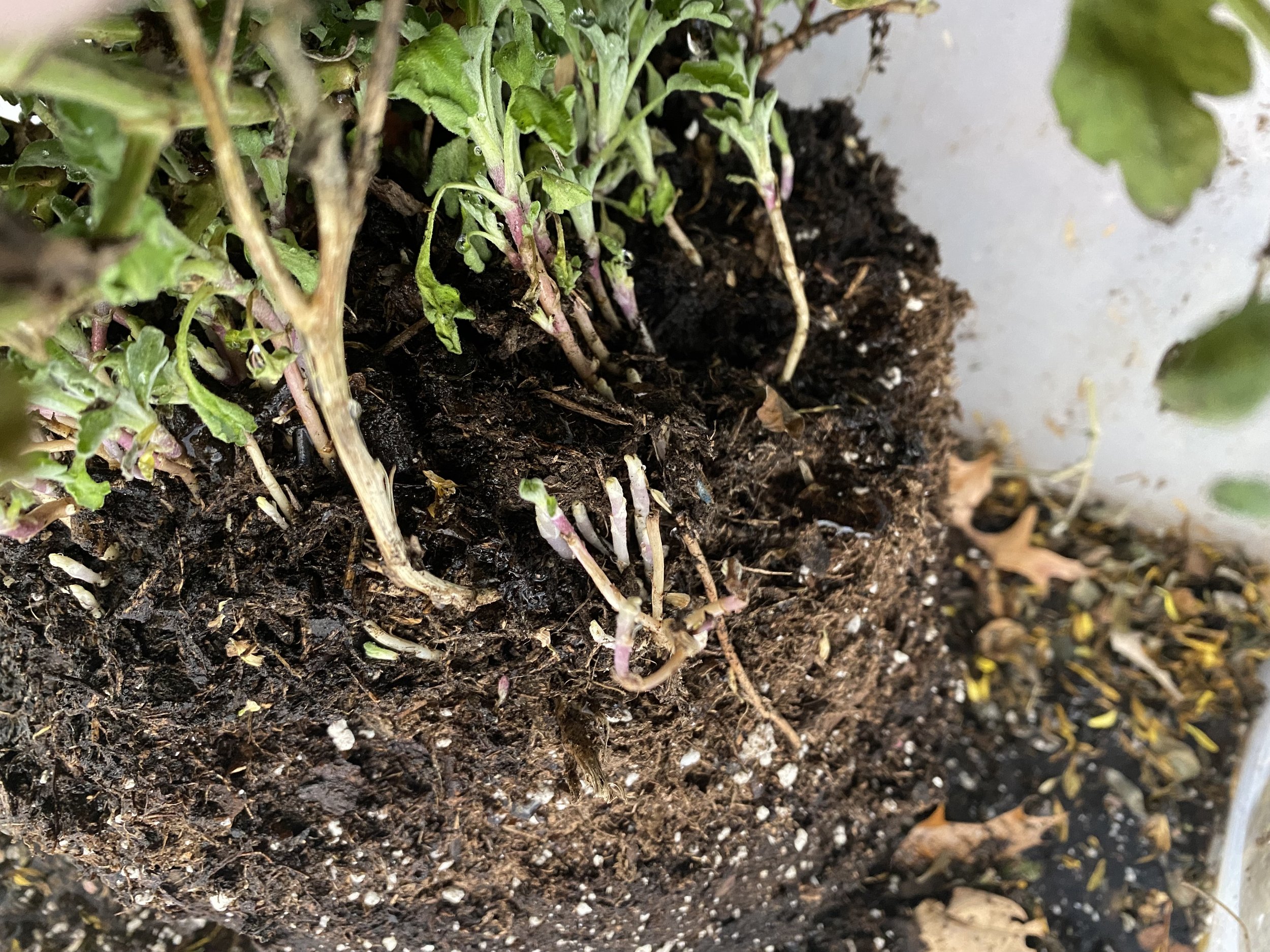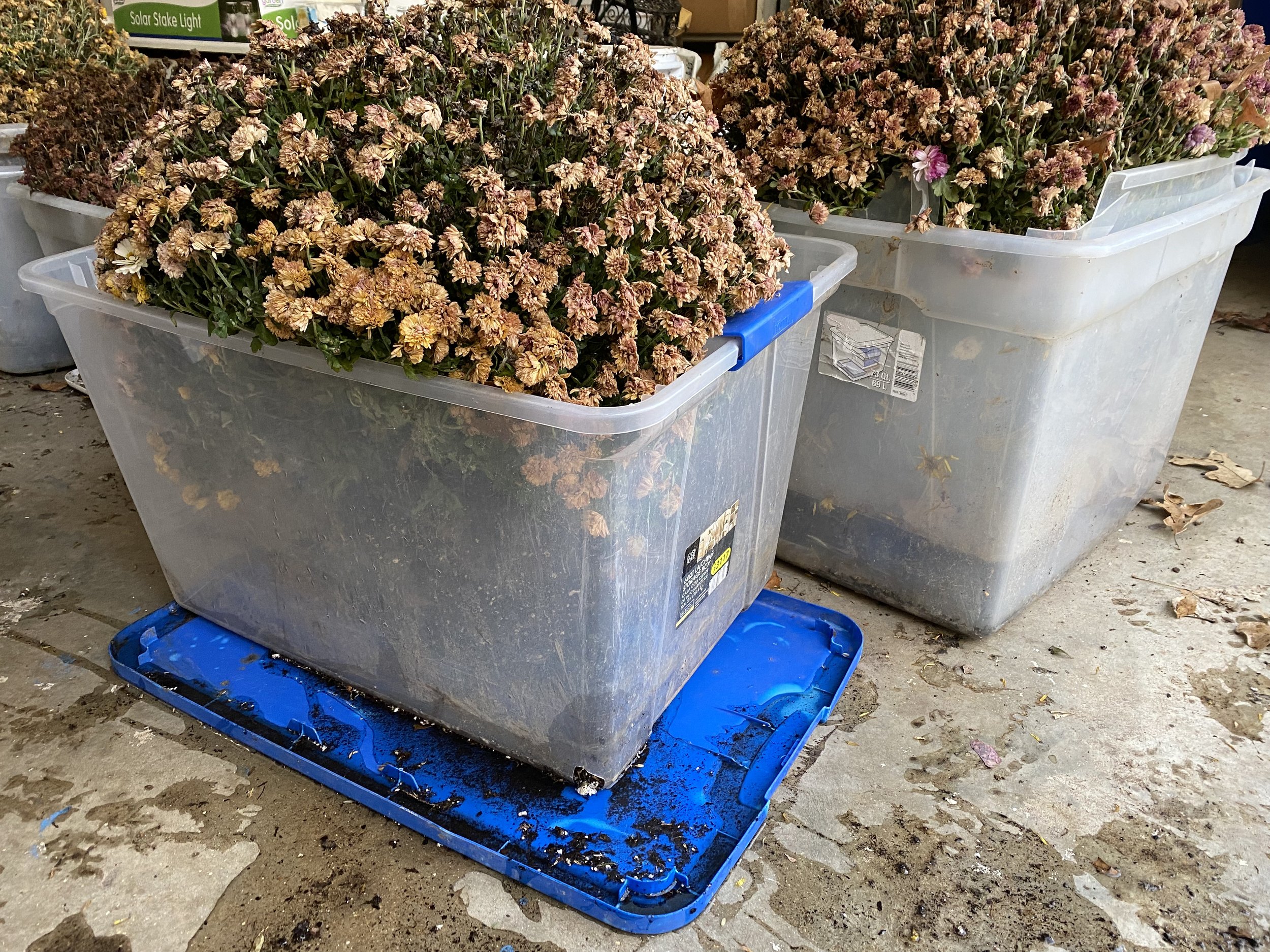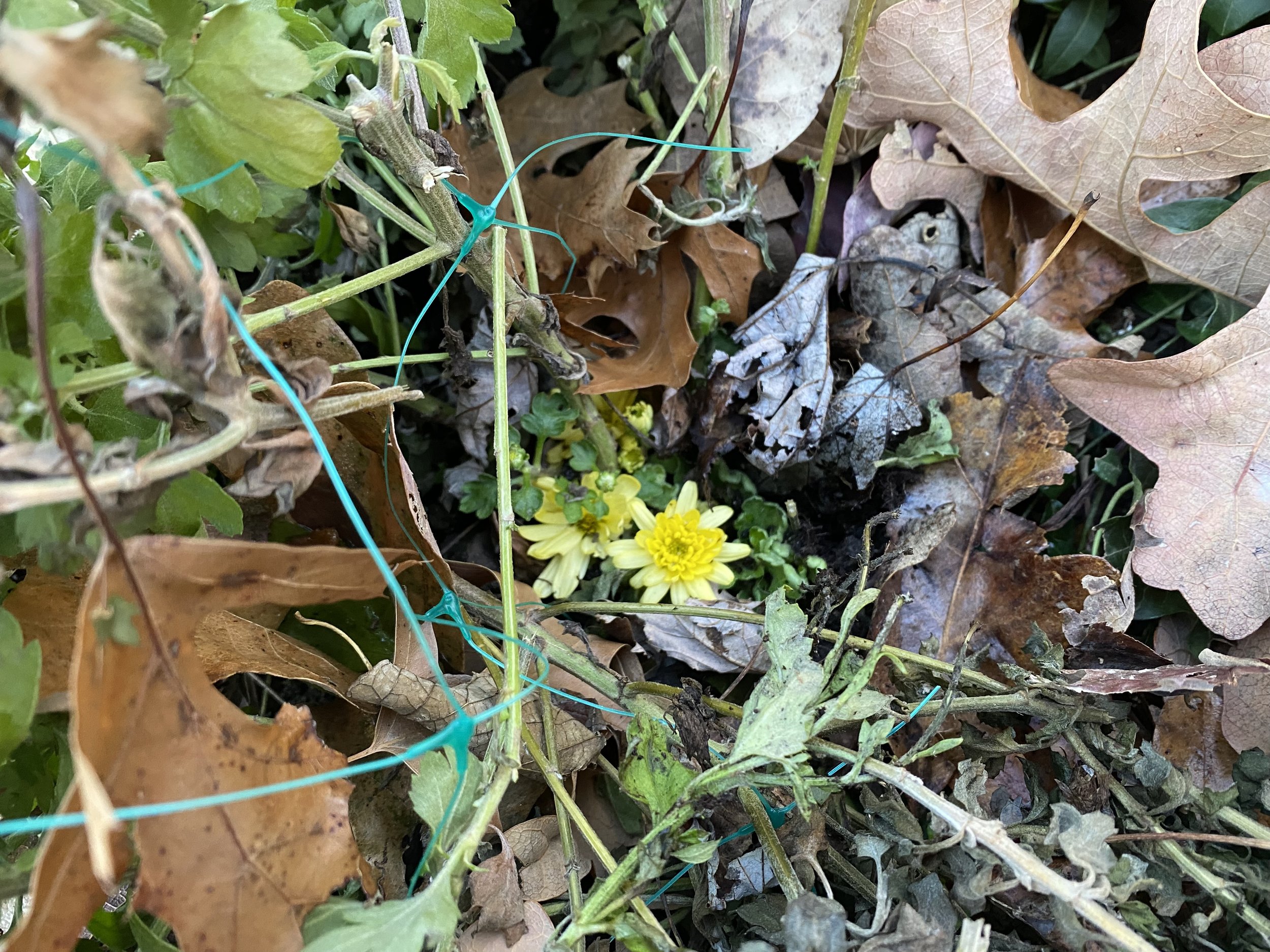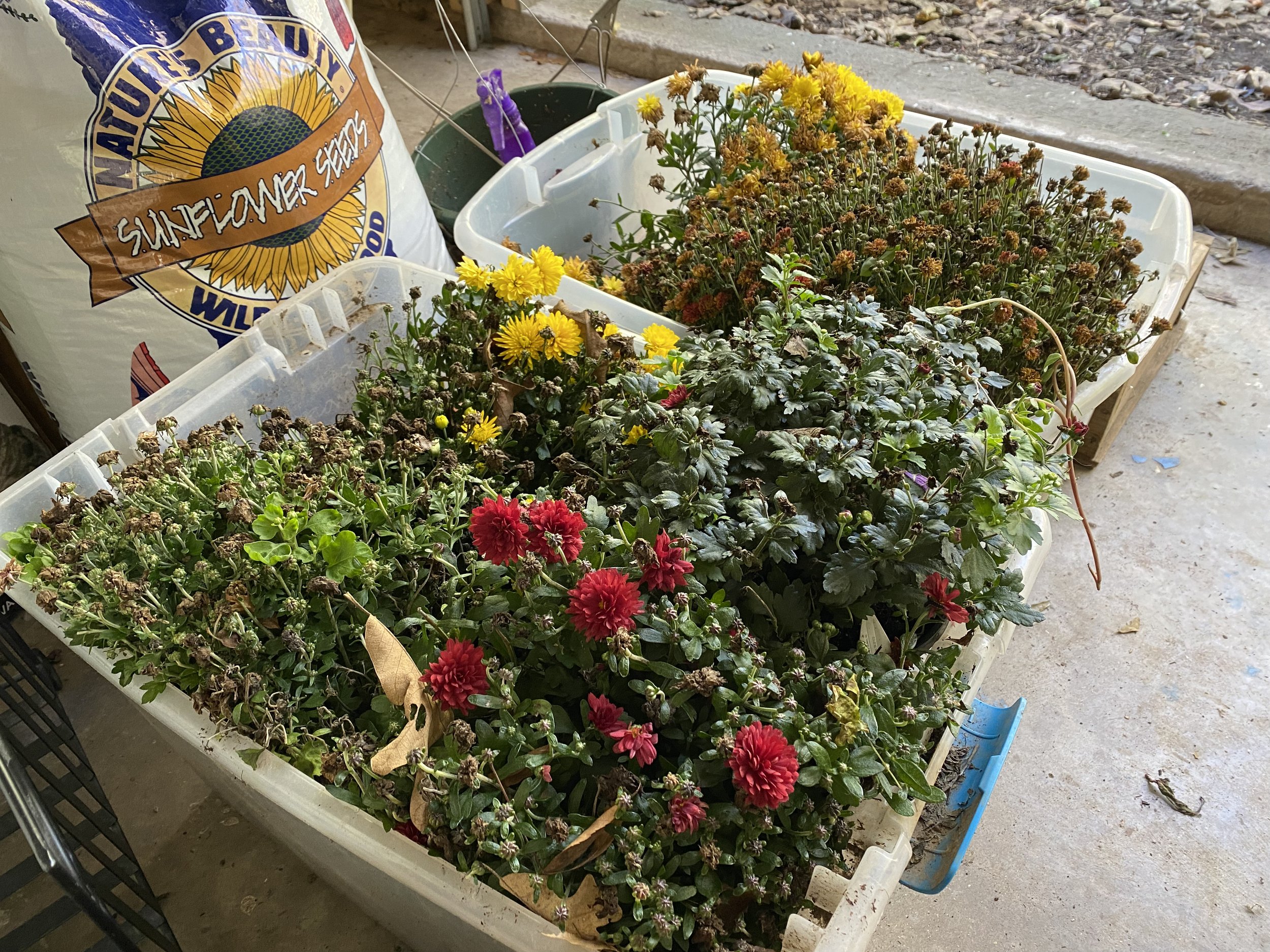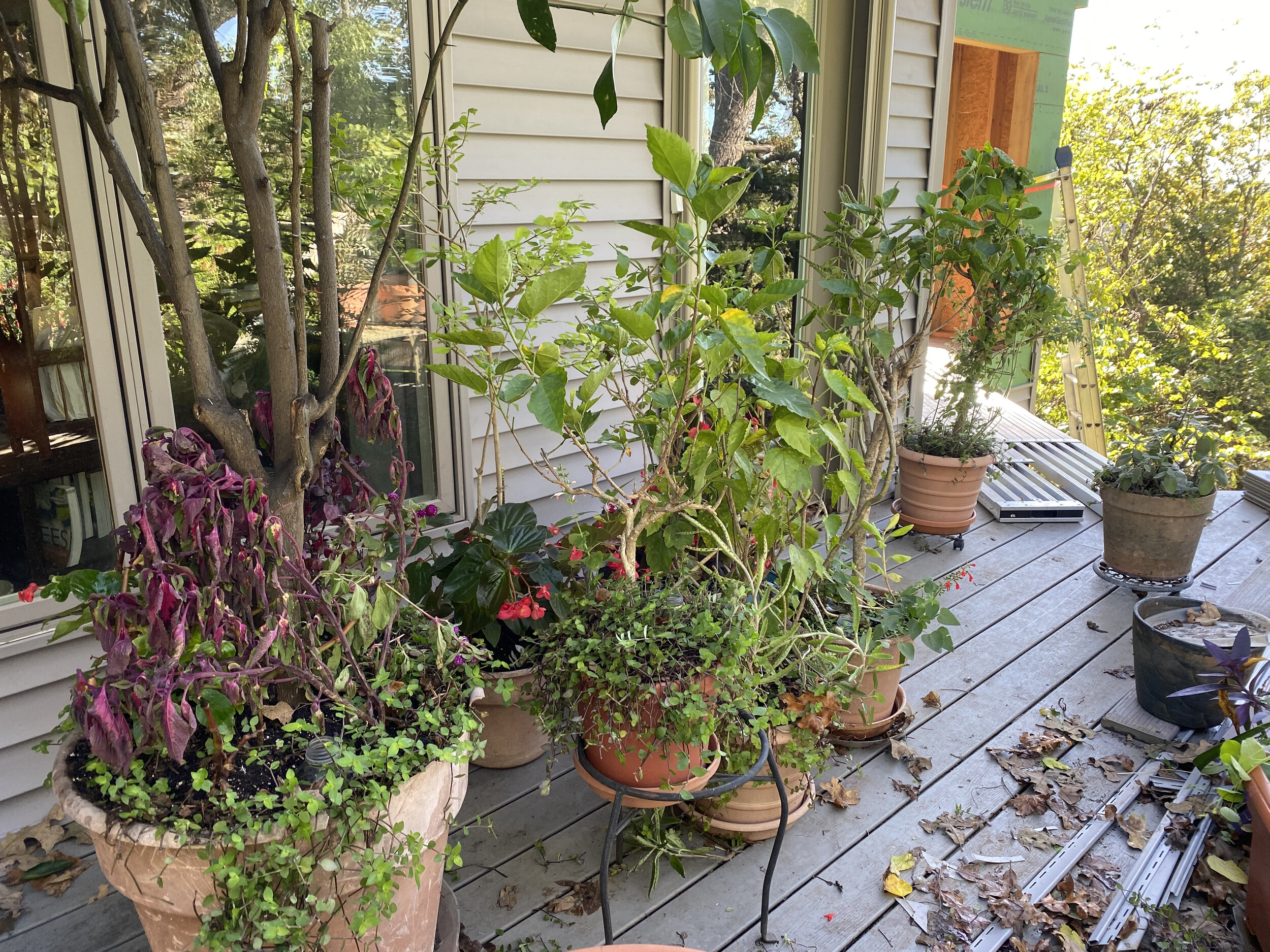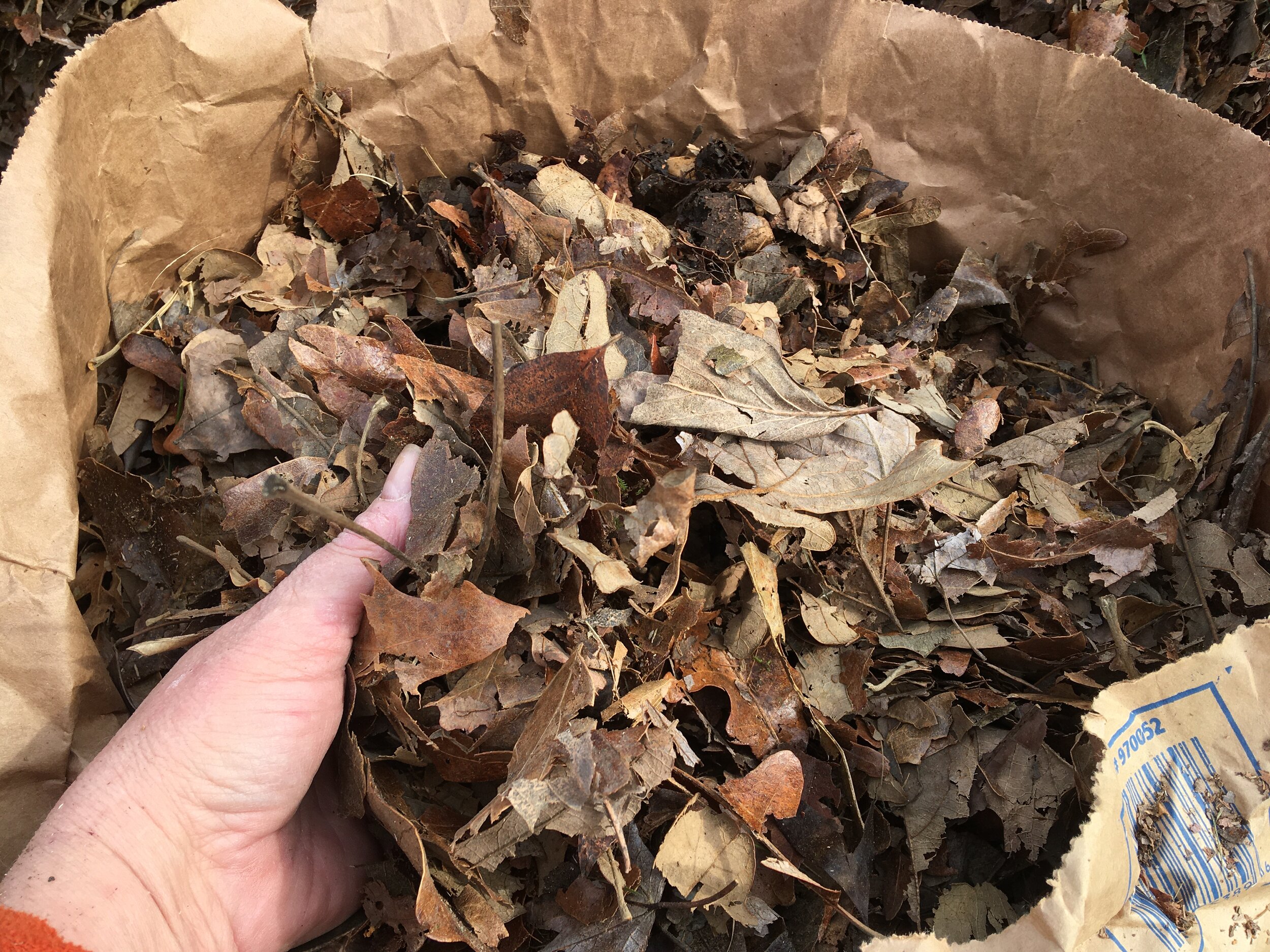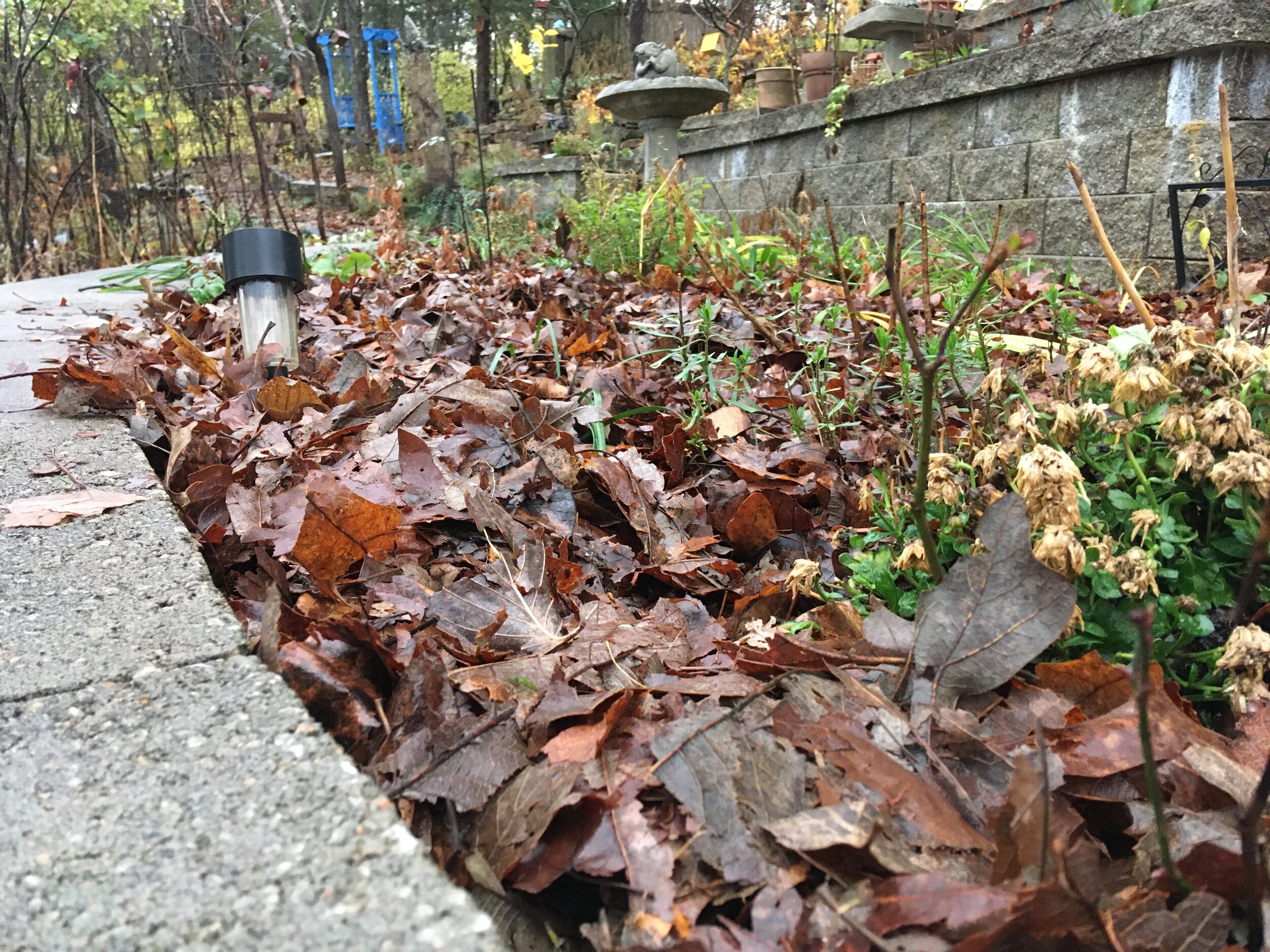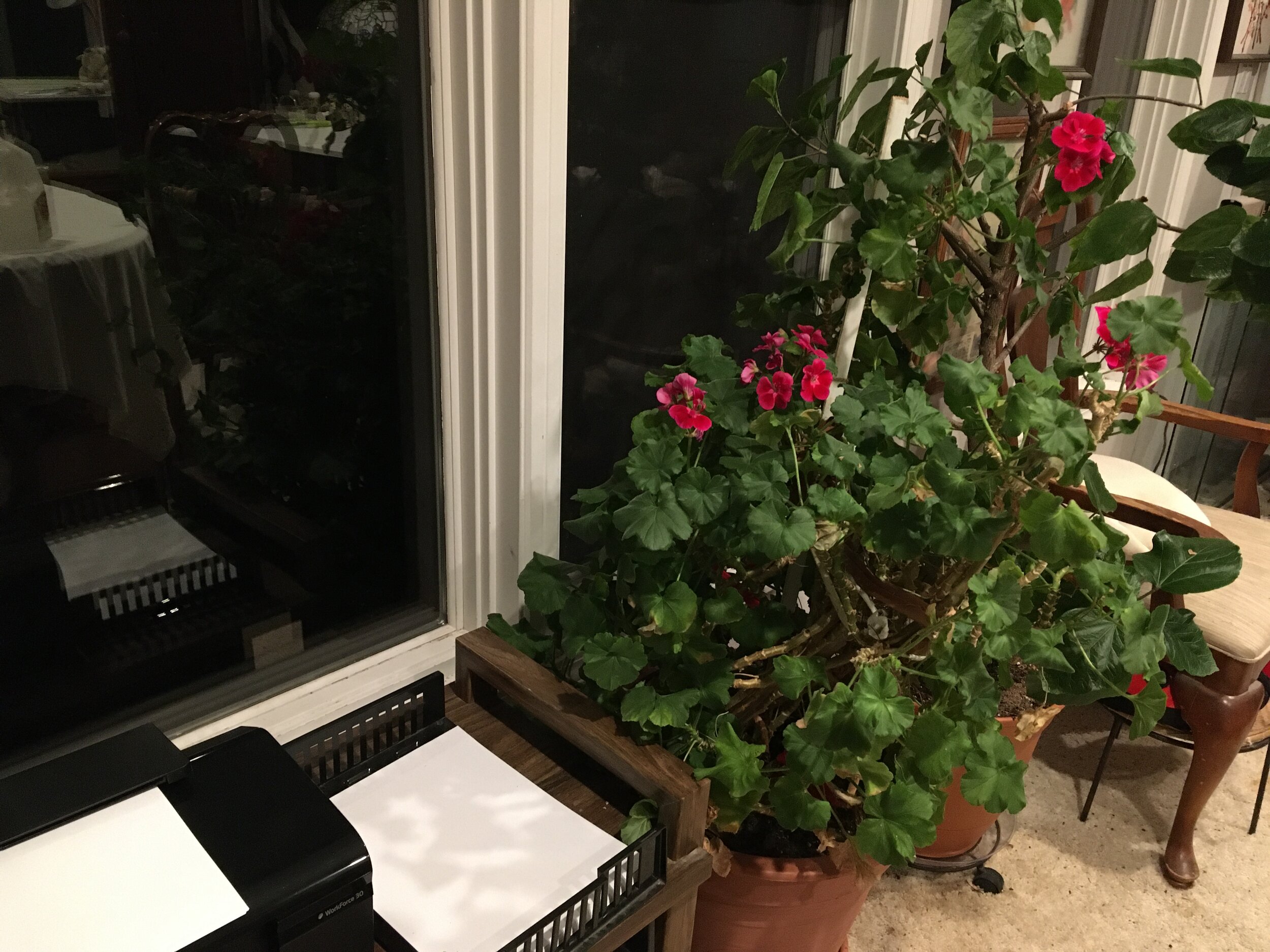Asian v. Native Ladybugs
/asian ladybugs moving into my basement mid fall 2024. (charlotte ekker wiggins photo)
Asian v. Native Ladybugs
It finally happened to me. Asian ladybugs found an entrance to my basement and moved in during cold winter fall nights. They look very similar to native ladybugs but are an introduced species. Here’s a comparison of Asian ladybugs (Harmonia axyridis) versus native ladybugs, highlighting their pros and cons:
Asian Ladybugs (Harmonia axyridis)
Pros:
Effective Pest Control: Highly efficient at preying on aphids, scales, and other pests, contributing significantly to agricultural pest management.
Rapid Reproduction: They can reproduce quickly and in larger numbers, which helps in controlling pest populations more effectively.
Adaptability: They thrive in various environments, allowing them to spread and establish in many regions.
Cons:
Invasive Nature: They can outcompete native ladybugs for resources, leading to declines in native populations and disrupting local ecosystems.
Nuisance Behavior: In the fall, they often seek shelter in homes, leading to unwanted infestations.
Potential Allergens: They can release chemicals that cause allergic reactions in some people.
Native Ladybugs (Various Species)
Pros:
Ecosystem Balance: Native ladybugs are well adapted to their environments and help maintain the balance of local ecosystems.
Biodiversity Support: They support the diversity of local fauna, contributing to healthy ecosystems.
Less Likely to Become Pests: Native species are less likely to invade homes in large numbers compared to Asian ladybugs.
Cons:
Limited Range: Some native ladybug species may have narrower diets or habitat preferences, making them less effective at pest control in some areas.
Population Declines: Many native species are experiencing population declines due to habitat loss, pesticide use, and competition from invasive species like Asian ladybugs.
Slower Reproduction: Native ladybugs may not reproduce as rapidly as Asian ladybugs, which can limit their effectiveness in controlling pest outbreaks.
While Asian ladybugs are excellent at pest control, they are invasive and can be a nuisance. In contrast, native ladybugs face challenges from habitat loss and competition but play crucial roles in their ecosystems.
For more tips on gardening, beekeeping, cooking and easy home decor, subscribe to my weekly Garden Notes.
Charlotte
